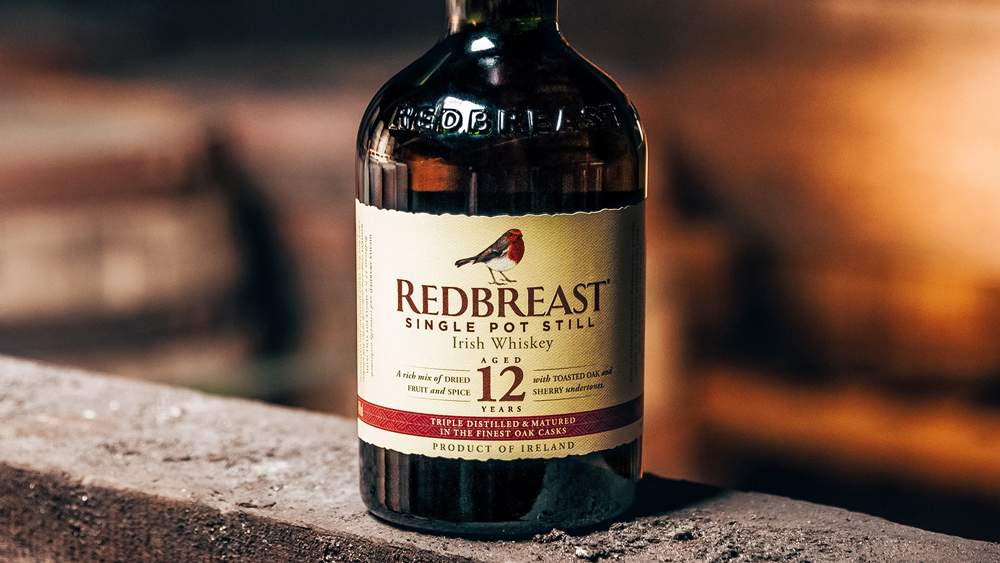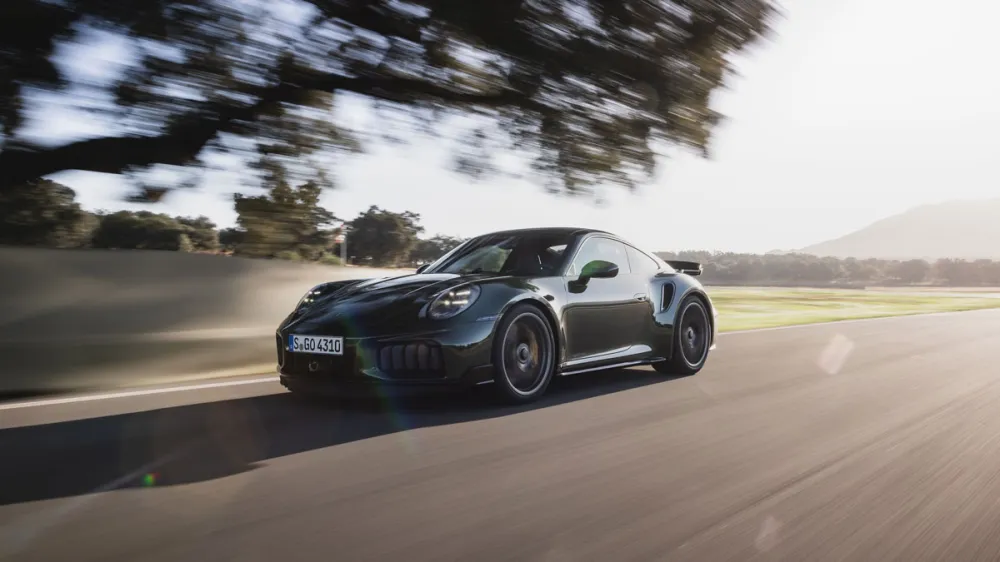There’s a problem with the Cameron’s Kick cocktail, but it has nothing to do with the taste. It tastes great. No, the problem with the Cameron’s Kick—and the reason that you’ve maybe never heard of it, despite it being one of the very few classic Irish whiskey cocktails we have—is that it doesn’t make any bloody sense.
The Cameron’s Kick was invented just over 100 years ago, first published in Harry MacElhone’s 1922 book, ABC of Mixing Cocktails. MacElhone was a Scot who learned to tend bar in Paris, London, and New York. He was already famous by the time he wrote his first book and would become even more so (he’s the “Harry” of Harry’s New York Bar in Paris, which he bought in 1923 and is still run by his descendants), and along the way would take credit for the Sidecar and the Bloody Mary, but before all that, he invented the Cameron’s Kick. It’s one of just three Irish whiskey cocktails in his 300-plus-recipe volume and is made with equal parts Irish and Scotch whiskies, with lemon juice and orgeat (almond) syrup.
Everyone who writes about the Cameron’s Kick ruminates on how we don’t know who Cameron is, but that’s not the source of my problem. Who’s Cameron? Who kicked him? Why are you kicking Cameron? As Jim Meehan muses in the PDT Cocktail Book, “There should be a law against creating great drinks with provocative titles and not including a story. This one is still shrouded in mystery.” Long story short, no one has any idea why he named it that, though we can speculate (and I will, below). There’s also a notorious misunderstanding—some “tipsy copy editor” proposes Robert Simonson, mistranscribed orgeat as “orange bitters” in 1935, and the Mr. Boston Bartender’s Guides maintained this obvious mistake for like 70 years, but that’s not my problem either.
No, my problem is this: Why are we splitting the base between Irish whiskey and scotch? What specifically are we trying to achieve? Split bases in classics are super rare. They’re much more common these days, but either way, when you see them, it’s generally two ingredients that are, you know, different, designed to complement each other—rum and rye, say, or calvados and Cognac. Irish whiskey and scotch, on the other hand, are (or can be) so similar you have to dress them different to tell them apart. A mild blended scotch and an Irish whiskey may not have identical voices but they’re singing the same song, and it’s not in any way clear what is being achieved by including both.
“A ha!” you might say, “it must be smoke!” Perhaps MacElhone meant for a smoky scotch to be tempered by the Irish whiskey, the way that tequila tempers the smoke of mezcal in an Oaxaca Old Fashioned. That would make perfect sense, but then you try it, and realize no, smoke doesn’t fold into this drink very well—it doesn’t clash exactly, but it’s certainly not doing it any favors. So what is it, a sherry finish? A slightly increased maltiness? What gives?
If you’ll permit me to speculate and offer a recommendation: My guess is this started as an Irish whiskey drink. MacElhone was from Scotland, and “Cameron” is a Scottish name, and it feels to me like kick from Cameron was kicking the Irish whiskey aside and including scotch in the first place (I have no evidence for this at all, but it’s my guess). Perhaps it was higher proof, or perhaps it was smoky and he thought smoke worked better than I do. What I do know is that when you make two Cameron’s Kicks side-by-side—one the classic recipe, and the other just with 100 percent Irish whiskey—the former is good and the latter is great. Together the flavor is muddled, slightly discordant, but alone the Irish whiskey gets to sing, its apples and pears and slight malt and gentle touch a perfect foil to the zesty front palate of the lemon and the deep finish of the almonds. And so, my recommendation: This St. Patrick’s Day, try out the Cameron’s Kick, but just go ahead and use all Irish whiskey, and kick the scotch back out.
Cameron’s Kick
- 2 oz. Irish whiskey
- 0.75 oz. lemon juice
- 0.75 oz. orgeat
- 1 dash Angostura Bitters (optional)
Add all ingredients to a cocktail shaker with ice and shake hard for 10 to 12 seconds. Strain either off ice into a cocktail glass, or onto fresh ice into a rocks glass, and garnish with a lemon peel.
NOTES ON INGREDIENTS

Irish Whiskey: One thing this cocktail doesn’t like is too much malt earthiness (one of the reasons it’s better without scotch), so while there are beautiful and expressive single malt Irish whiskeys these days, I wouldn’t use them here. Anything cask finished will be accentuated to beautiful effect, so those are fun, but my favorites from my many experiments were the Pot Still Irish whiskeys—Redbreast 12 is the standard bearer, and Power’s Pot Still line was incredible as well—which offer all the orchard fruit clarity you could ever hope for. The more common, less flavorful Irish whiskeys (Jameson, Bushmills, Tullamore D.E.W.) are less good but still quite good, and worth using in this drink.
Orgeat: You need good orgeat. Weak orgeat makes this dull, and weak orgeat plus a less-flavorful blended whiskey will make you shake your first at me for wasting your time with such a boring drink. Make sure to get the nuttier, richer side of orgeat, the one that actually tastes like almonds as opposed to marzipan, and probably comes from a craftier producer: Liber & Co., Small Hands Foods, and Liquid Alchemist are all great options in my area, and there are much more.
Angostura Bitters: It’s not traditional, but bitters works in this drink. My rule is this: If you have a great, rich, well-aged Irish Whiskey and the right kind of orgeat, bitters clouds up the clarity of the drink, and does not make it better. But if you’re dealing with some kind of compromise—if you can’t find the right orgeat, or if you’re using a whiskey you’re less than enthusiastic about—a dash of bitters will compensate for all those shortcomings, making a totally delicious if slightly less memorable drink.
Other ingredients: I only mention this because when one of the best bars in the world does a spin on the cocktail at hand, it’s good to know about it. In their Irish whiskey-focused cocktail book Paddy Drinks, the good people behind the Dead Rabbit in NYC have a take on the Cameron’s Kick that uses not only smoky single malt scotch and a pot-still Irish whiskey, but also includes 0.75 oz. oloroso sherry, three dashes of Angostura Bitters, and grated nutmeg on top. This is sufficiently different from the original that I’m not sure it qualifies as canon, but if you have the stuff, go ahead and make it. It’s terrific.





